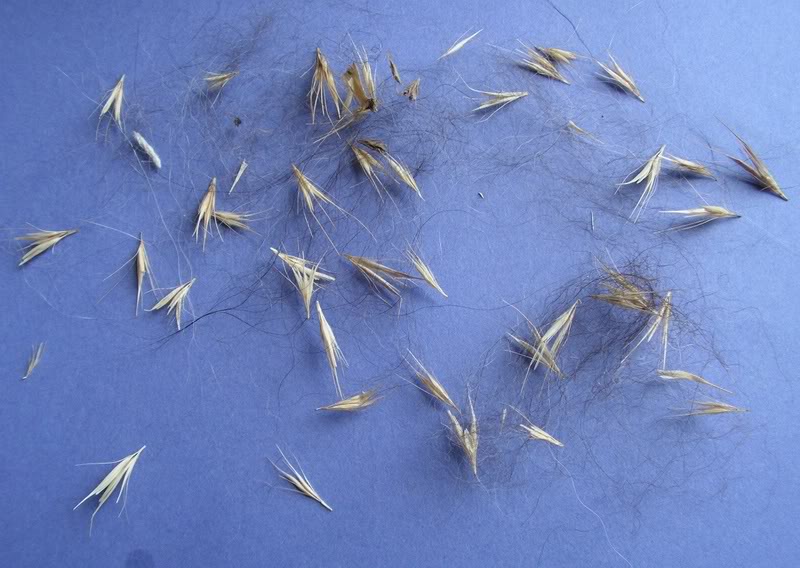By using our website, you agree to the use of cookies as described in our Cookie Policy
News Story: Lilies and Cats can be a Deadly Combination
Vet says certain lilies cause kidney failures in our feline friends
By:
TRI-CITIES, TENN. (WJHL) - As April showers make way to May flowers, veterinarians caution that not all plants are safe for our furry friends.
Dr. Rachel Fogg, a veterinarian at Robinson Animal Hospital, said it's best to keep true lilies and daylilies out of a home with cats as they are known to cause kidney failure for feline companions.
"Any portion of that flower is toxic to cats - the flower part, the stem, the leaves, even the pollen can cause kidney failure," Fogg said. "If cats ingest any part of it, even one leaf, even licking pollen off of their fur or drinking some water that had the pollen in it, can cause acute or sudden renal failure in cats."
According to the U.S. Food & Drug Administration, the toxin that causes kidney failure in cats has yet to be identified, but Fogg said the discovery of the correlation is rather recent.
Signs of kidney failure in cats include increased urination, increased thirst, hiding, decreased appetite, vomiting and lethargy within the first 24 hours of ingesting the lily.
Fogg said cats who have been poisoned by lilies may begin acting normally after the first 24 hours, but that's when the kidney failure has begun to set in. The FDA says fatal kidney failure can set in three days after the plant is ingested.
"If you have any thought that your cat ate any part of a lily, you should really bring it to your vet ideally within 12 hours, if not 18," Fogg said. "The sooner you bring your cat into the clinic, the sooner we can start giving it medications to try to and rescue that kidney function."
Story continues after chart.
| Dangerous lilies for cats | |
| Common name* | Description** |
| Asiatic lily (including hybrids) | Blooms in early-mid summer, range of colors, 4-6 inch wide blossoms |
| Daylily | Most bloom in "clumps," blooms last for 24 hours, various colors and patterns |
| Easter lily | White, fragrant, large trumpet-shaped blossoms, blooms early to mid-summer |
| Japanese Show lily | Fragrant, nodding blooms up to 6 in. wide, raspberry petals spotted with crimson, blooms in late summer. |
| Oriental lily | Blooms late summer into early fall, rich colors, large blooms, intense fragrance. |
| Rubrum lily | A variant of the Japanese Snow lily |
| Stargazer lily | A variant of the Japanese Snow lily |
| Tiger lily | Orange blooms spotted with crimson, blooms in mid to late-summer, a single bulb can produce up to 40 blossoms. |
| Wood lily | Slightly lemon-scented, canary-yellow blooms with narrow, upright petals about 2-3 in. long, blooms late spring. |
*Source: www.fda.gov/animalveterinary/resourcesforyou/animalhealthliteracy/ucm206751.htm
**Source: www.gardenia.net, daylilies.org
While lilies aren't the only poisonous houseplant for cats, it is one of the most serious, Fogg said. Lilies may cause an upset stomach or vomiting in dogs, but Fogg said it doesn't cause organ failure like it does in cats.
She said she's already treated a few cats poisoned by lilies this year, and expects several more over the year. The American Society for the Prevention of Cruelty to Animals has a list of plants that are toxic to dogs and cats.
"My general recommendation for people with cats is don't bring lilies or daylilies into your house period," Fogg said. "Cats are pretty curious creatures by nature and if you bring a house plant into their (home), most of them are going to try to take a nibble of something."
‹ Back








Comments